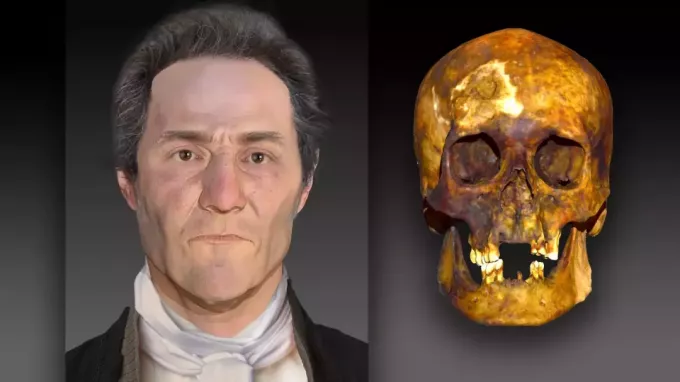The 18th century, known as the Age of Enlightenment, ironically still harbored many unfounded beliefs, including the myth of the vampires. In 1990, in Connecticut, archeologists discovered a skeleton that was probably considered, by its countrymen, a vampire.
Read more: 12 TV series about Vampires
see more
Brazilian wine wins label award at the 'Oscars' of…
Experts say AI is a force for good
The foundation of this suspicion is based on an ancient tradition, which consisted of burying people suspected of being vampires with their bones crossed. In the popular view, a burial in this position would ensure that the supposed vampire would not return from the afterlife.
Who really was JB55?
The remains found in 1990 were named JB55, according to the information that was engraved on the coffin, and probably referred to the deceased's initials and age at death.
Something that caught the attention of the excavators was the arrangement of the bones. “The femur bones [were] removed and pierced across the chest. That way, they wouldn't be able to walk around and attack the living," says director of bioinformatics Ellen Greytak.

Through a study of the DNA found in the skeleton, in the year 2019, scientists discovered that the alleged vampire was actually a man named John Barber.
Barber was a poor farmer who died of Tuberculosis. During the 18th century, people infected with the disease were often referred to as vampires. This happened because, as a result of the disease, people appeared thin, pale, and in many cases, due to coughing fits, the corner of the mouth was marked by blood expelled.
According to the story, in cases where there was a possibility that the deceased was actually a vampire, the practice consisted of the family itself exhuming the corpse and modifying the position of the bones, and only then burying again.
How was the reconstruction done?
With the DNA sample extracted, the forensic team took on the challenge of investigating the skeleton more than 200 years old. With effort, the scientists did the sequencing of the genome, with the method known as 30X Coverage, where each piece of the genome undergoes 30 sequencing. But in John's case, it was only possible to sequence 2.5X.
After this examination, with a 3D facial reconstruction program and the help of a forensic artist, it was possible to associate some physical characteristics, such as, for example, that his skin color was probably light, his hair and eyes brown, and he might have some freckles.
Lover of movies and series and everything that involves cinema. An active curious on the networks, always connected to information about the web.



